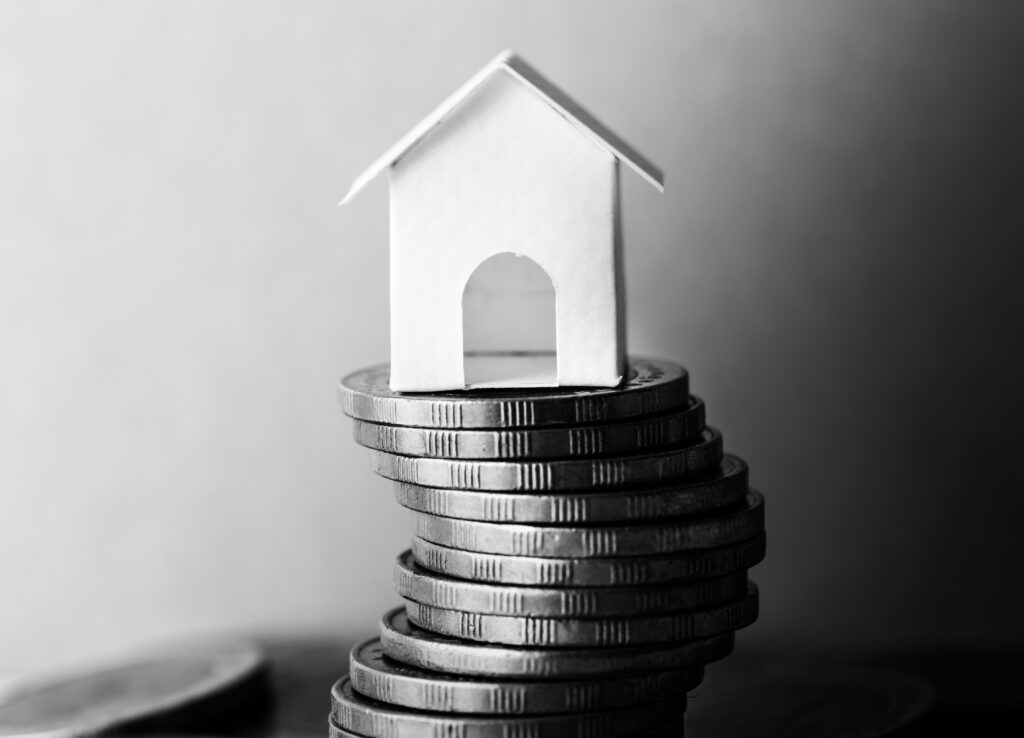
Turning Your Home Into a Rental
Investing in a rental property can generate steady, ongoing income. Plus, as the home appreciates you are building equity and wealth.
Not only does owning an investment property require a lot of hands-on work, but there are also risks involved. As the saying goes, “no risk, no reward” so if this aligns with your goals such as creating cash flow or an additional source of retirement income, the risk may be worth it to you.
Let’s evaluate the scenario of converting a primary residence to a rental. If you’re considering moving to a new home, this may be an option. Typically, homeowners sell their current residence before purchasing another. However, if there is interest in becoming an investor, a good start may be to keep the current home and turn it into a rental.
One thing to keep in mind is that this option has limitations based on the loan type.
USDA
USDA only allows for ownership of one home. This means as a homeowner, you would not be able to own a primary residence in addition to an investment property.
CONVENTIONAL
For Conventional loans, when converting a primary residence to a rental, if there is an executed lease agreement and comparable rent schedule supporting the lease amount, seventy-five percent of the lease amount can be used under the following criteria.
First, the borrower needs to have at least a one-year history of receiving rental income or documented property management experience. Second, when the borrower has no history or less than a one-year history of receiving rental income or documented property management experience, seventy-five percent of the lease amount can be used to offset the full housing payment that includes principal, interest, taxes, insurance and assessments of the current home.
If a comparable rent schedule is not obtained, rental income can be used if there is documented proof the borrower has received the security deposit and first month’s rental payment. If the lease agreement doesn’t require a security deposit, then documented proof of receipt of the first two months rental payments is required.
FHA
When converting a primary to a rental under FHA guidelines, if a borrower is purchasing their new primary less than one hundred miles from the current residence, no rental income can be used to offset the full housing payment. If the borrower is purchasing their new home more than one hundred miles away, an appraisal must be obtained that indicates market rent and shows there is twenty-five percent equity in the property. The full payment of the current residence will then be deducted from the lesser of either the monthly operating income or seventy-five percent of the lesser of fair market rent reported by the appraiser or the rent reflected in the rental agreement.
VA
VA guidelines state that to use rental income, there must be an executed lease. With an executed lease, the rent amount as reflected in the lease is used to offset the full housing payment.
There are many details that can go into a transaction like this. If you have questions about this type of transaction or financing rental properties and the guidelines set forth by Fannie Mae and Freddie Mac, please reach out to your Mortgage Specialist. They can help you analyze your situation and figure out if buying an investment property or converting your primary residence into a rental is right for you.
